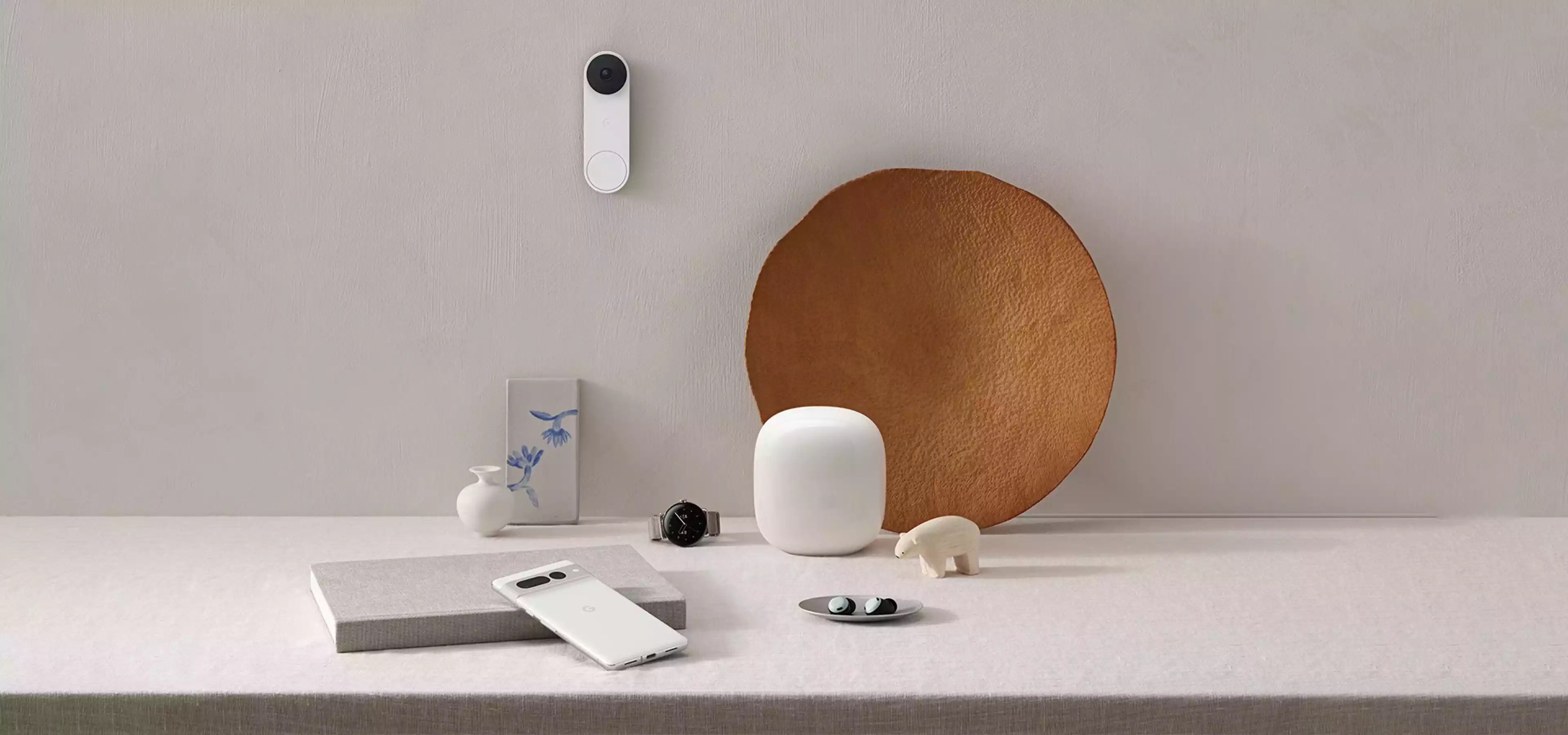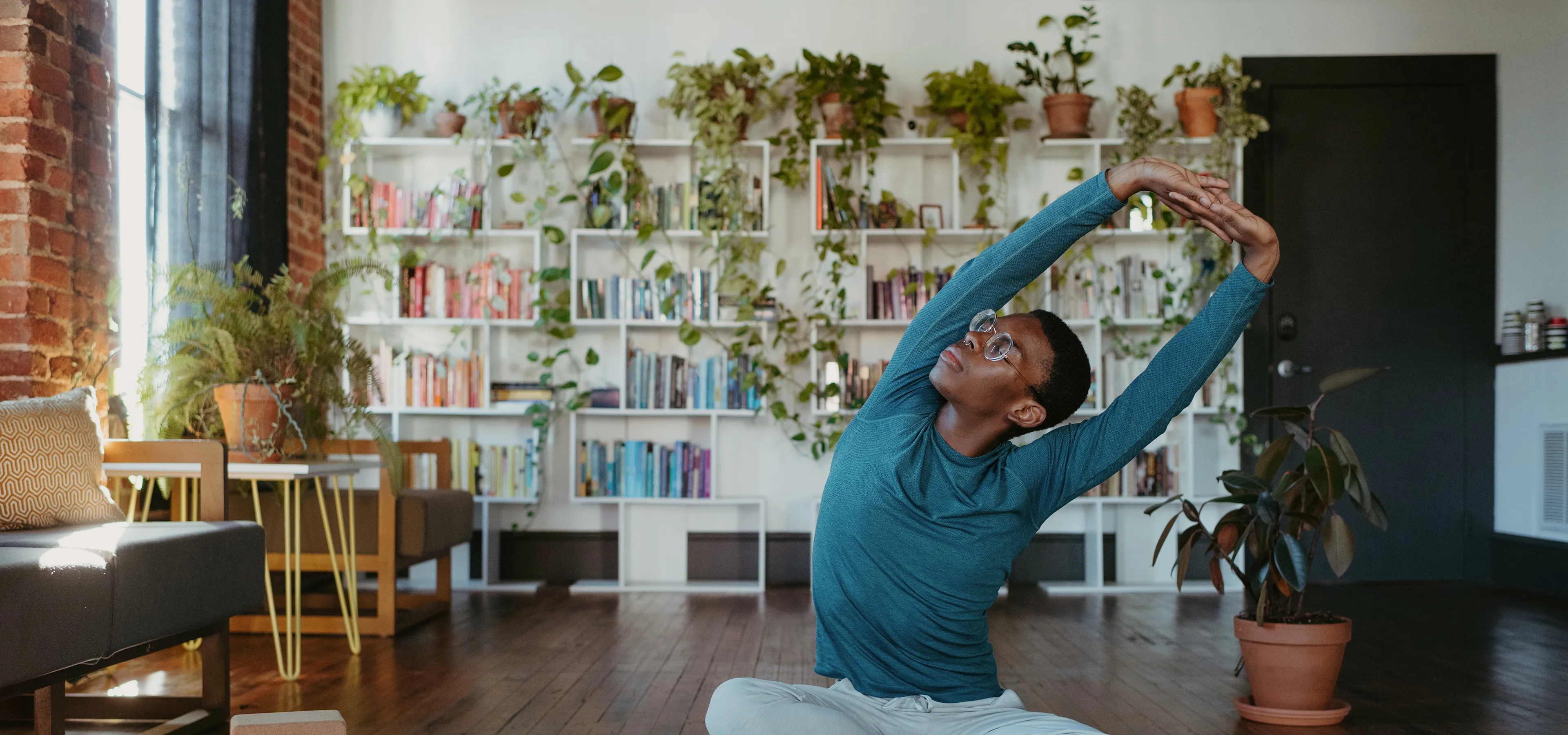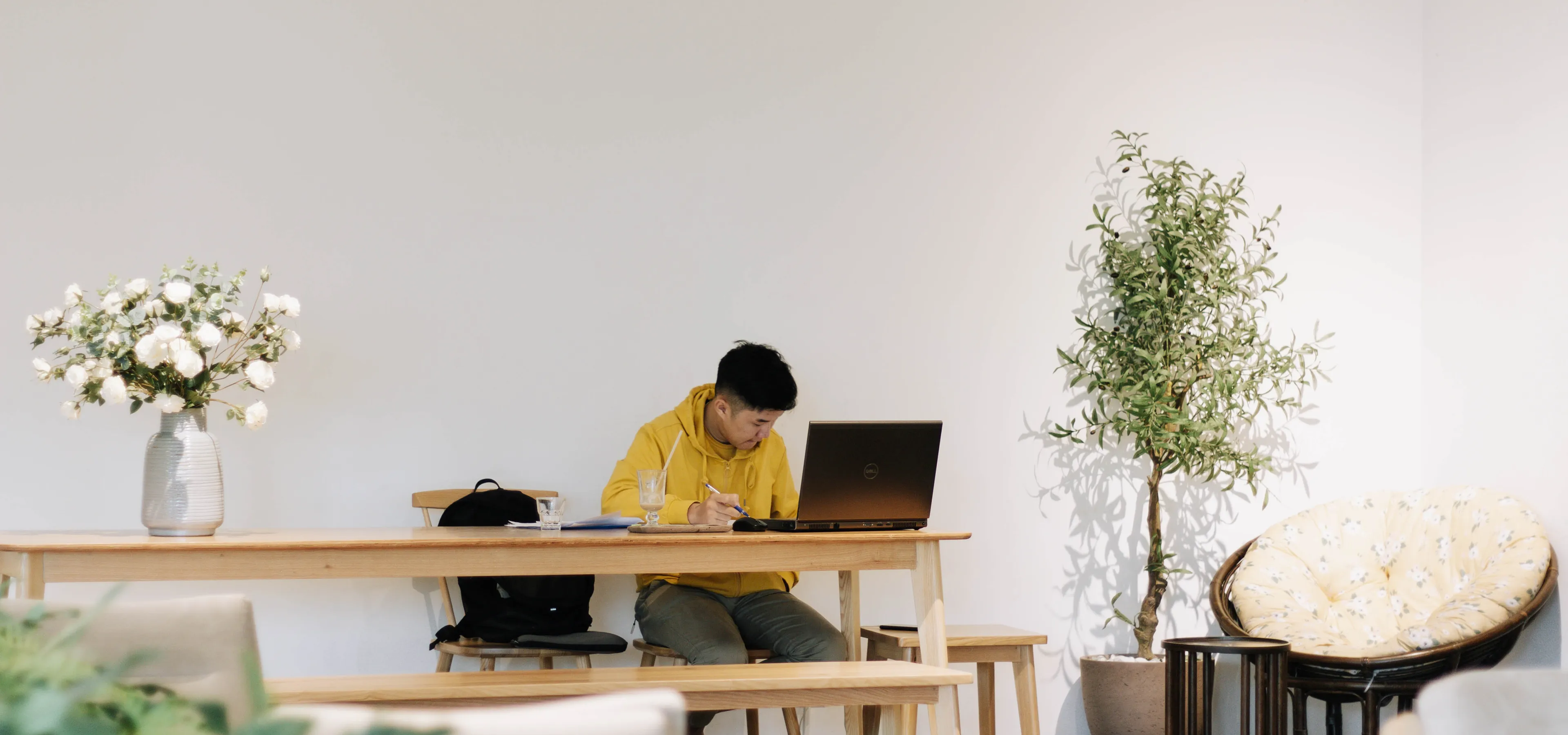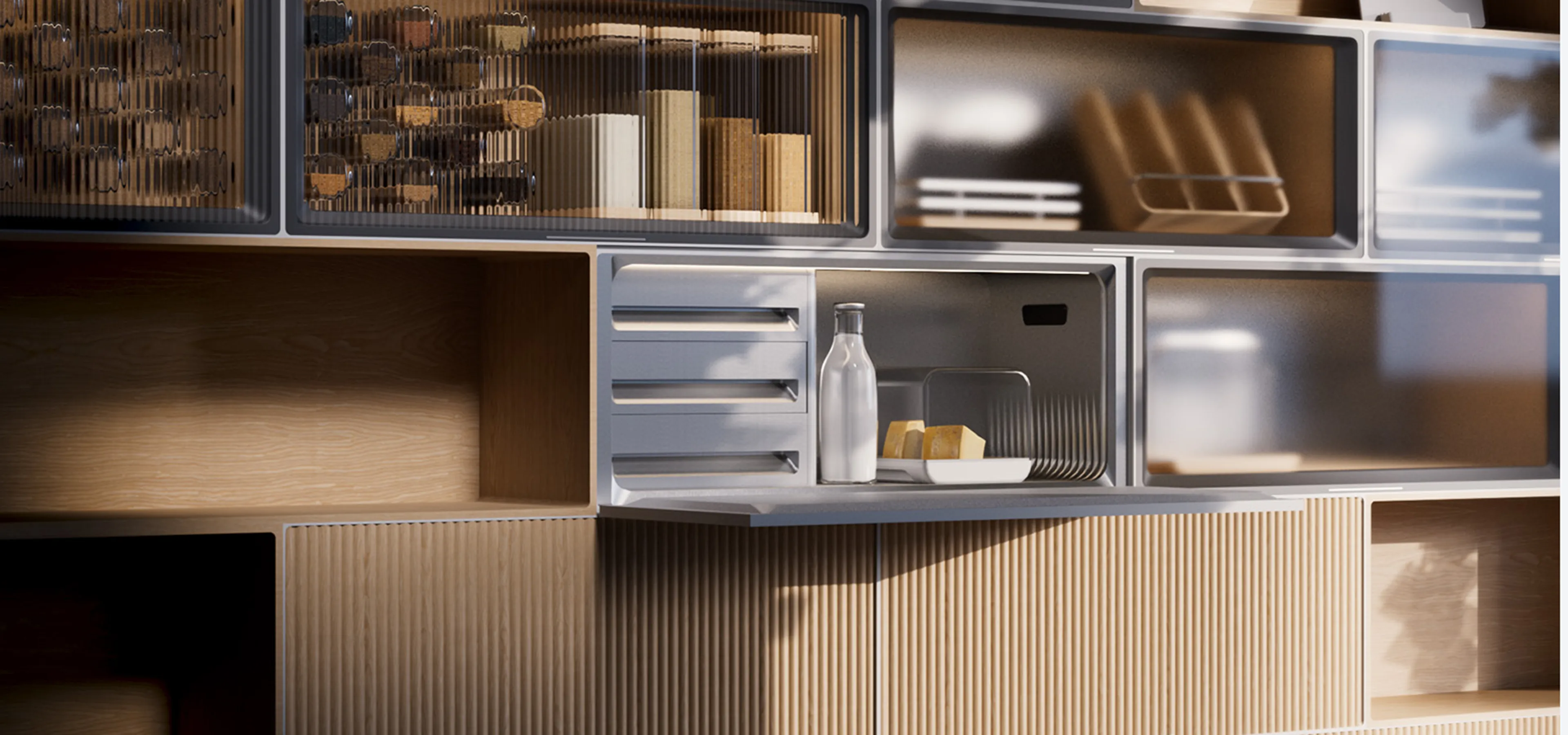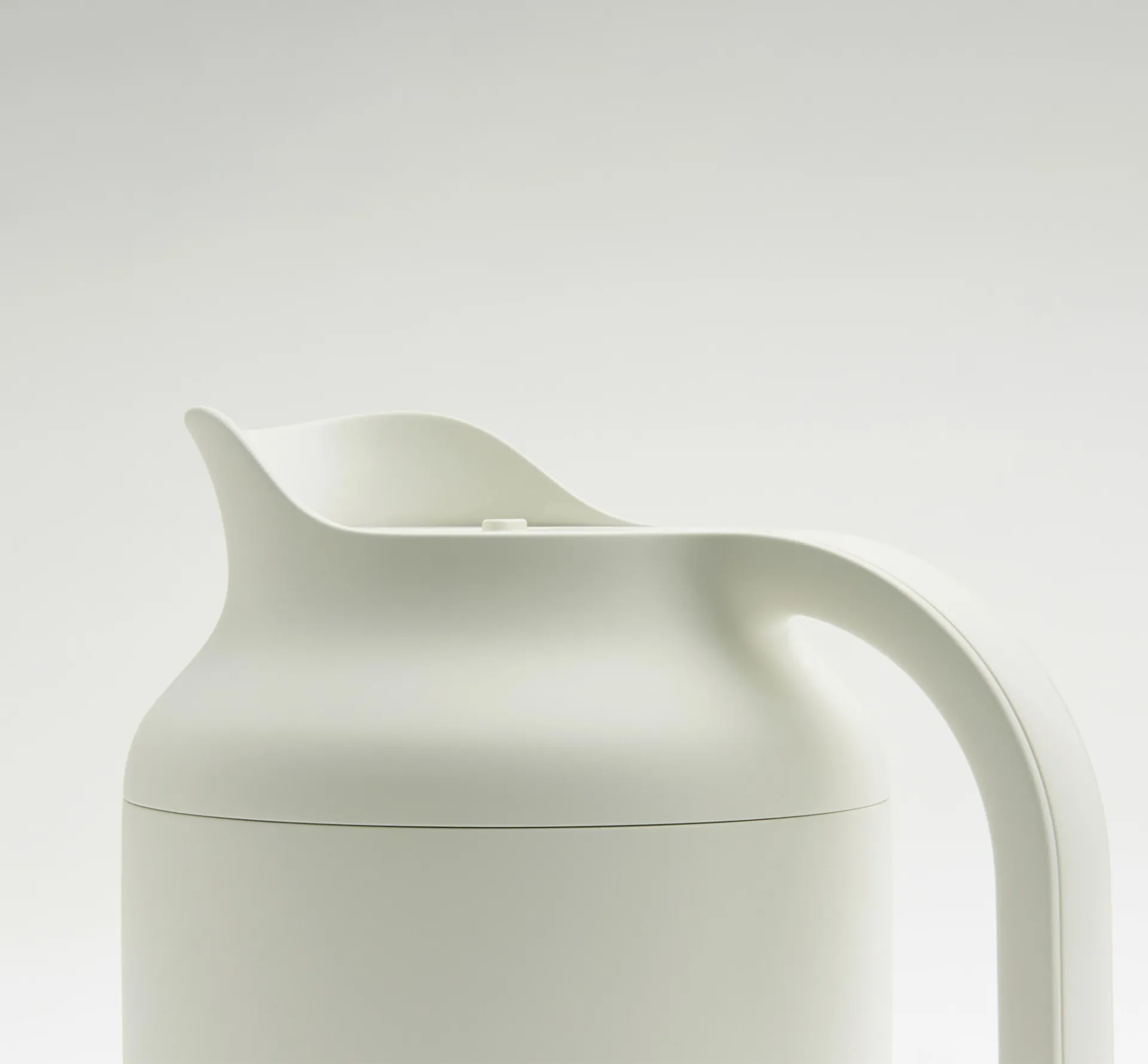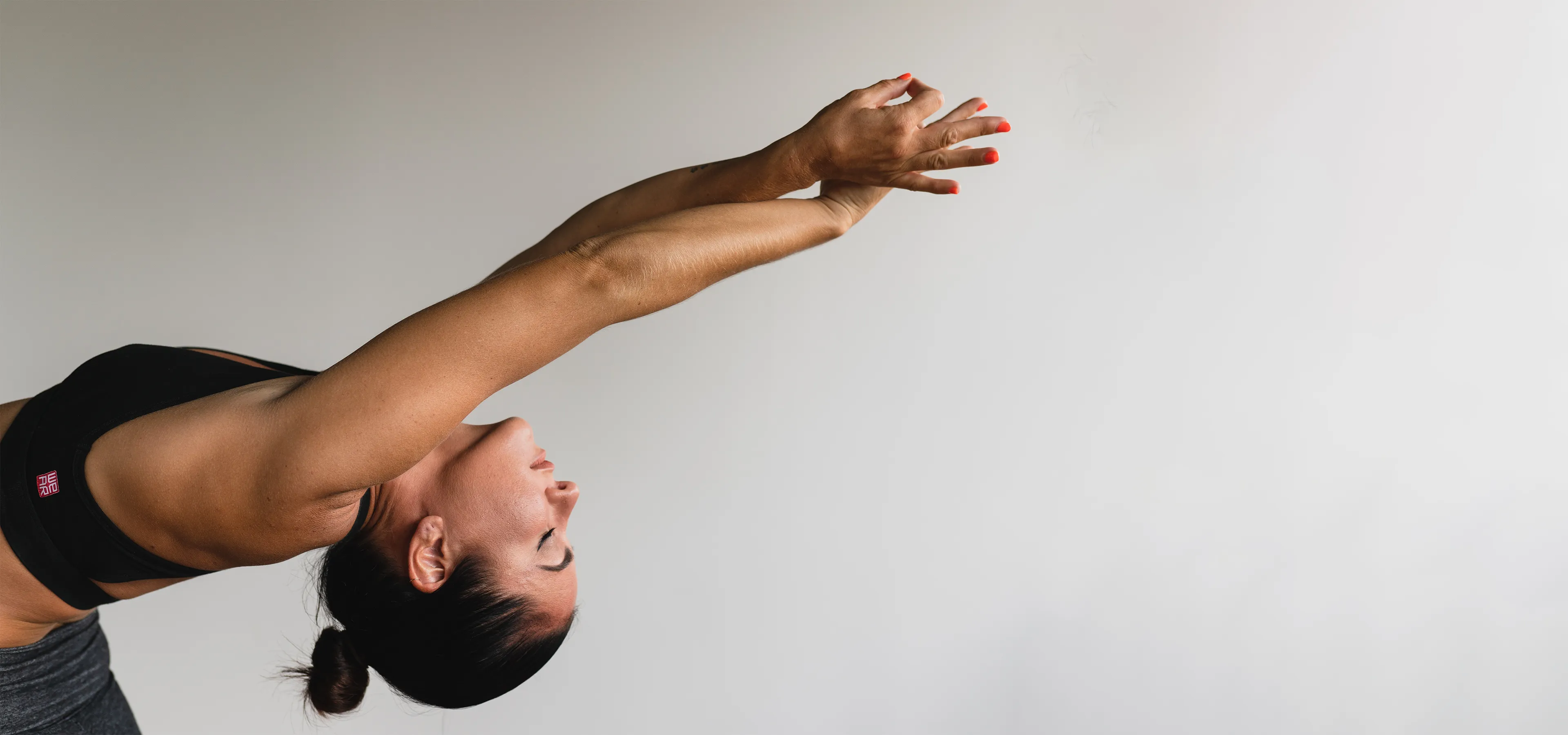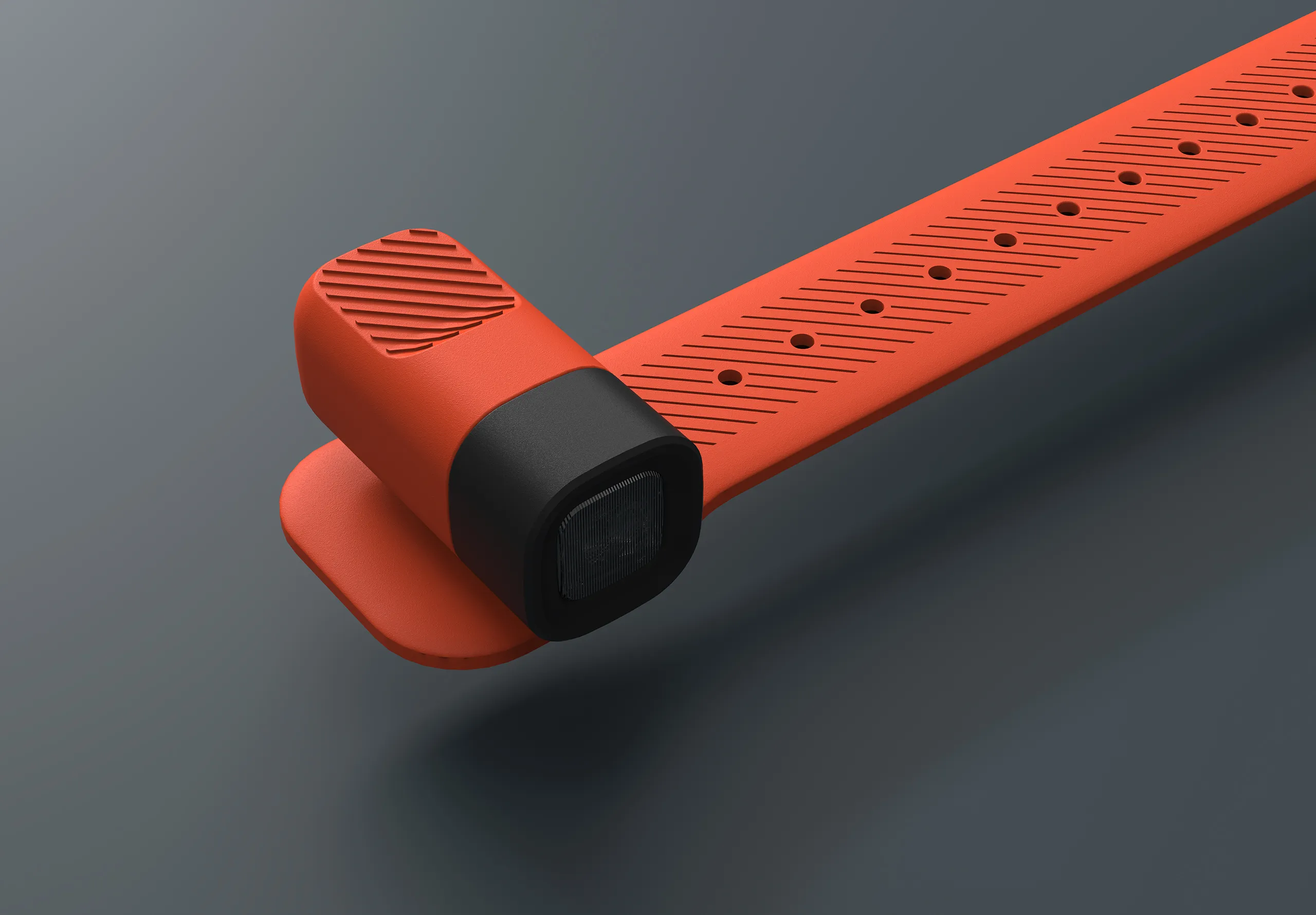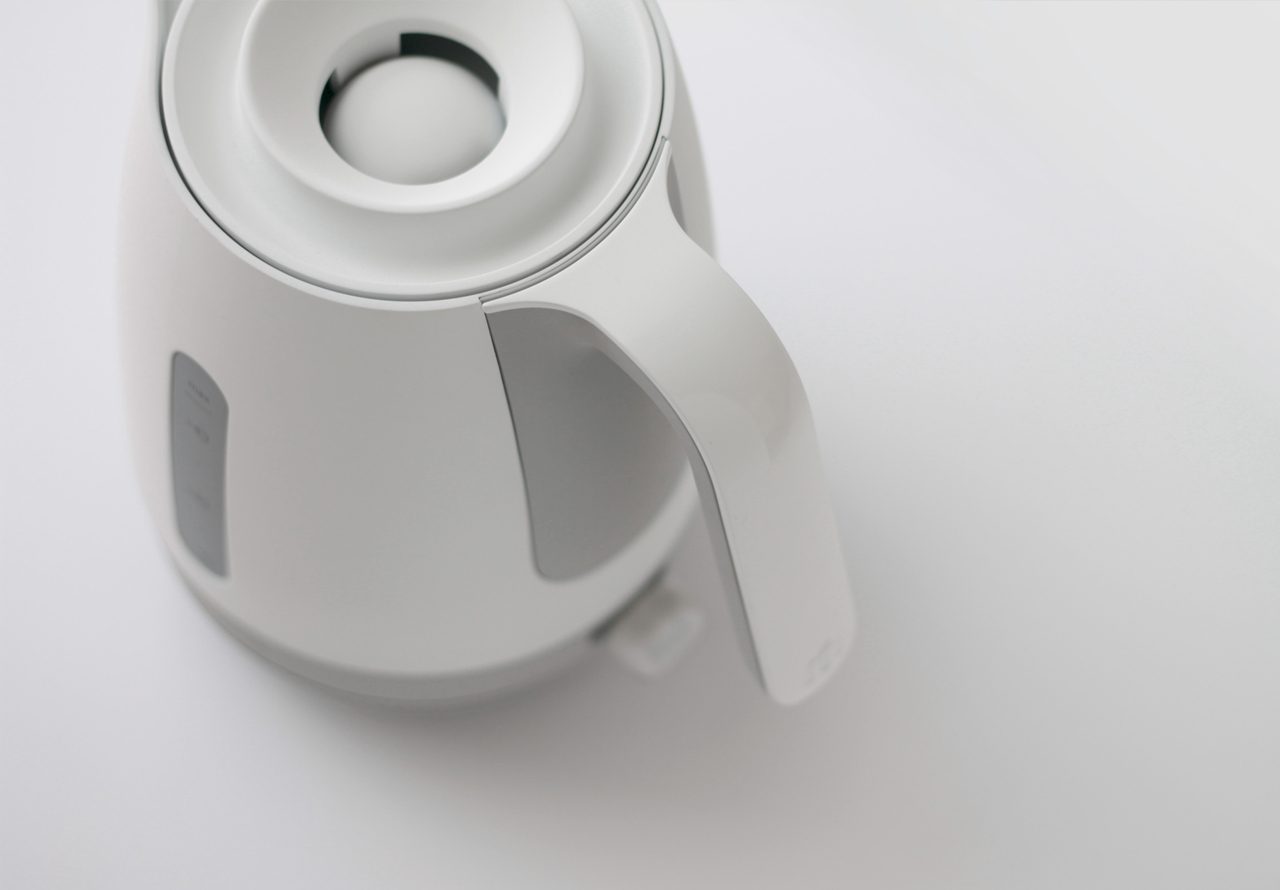Lifestyle Design?
Increasingly, major industry players are empowering consumers to engage with technology in a new way, creating products that seamlessly blend into our interiors and support our daily lives.
So what will this ‘lifestyle design’ trend mean for your product brand?
In this piece, we delve deeper into the philosophy driving the trend and uncover the future of lifestyle design.
(9 minute read)
Short on time? Use these links
The changing role of technology
Back in 1988, computer scientist Mark Weiser coined the term ‘ubiquitous computing’:
“The most profound technologies are those that disappear,” he said. “They will weave themselves into the fabric of everyday life until they are indistinguishable from it.”
It would be decades before we would see this concept come to life — but Weiser was onto something. When designed well, technology integrates seamlessly into our lives and supports our day-to-day demands.
Caught up in the rush of technological advancement, we took a detour away from this philosophy in the 90s and early 2000s, filling our homes with hi-tech gadgets designed to be the main attraction.
But today, the prevalence of technology is causing a push back. The more immersed we become, the more we seek to escape it.
Wellness, mindfulness and resilience are the by-product of an overly tech-loaded life; our over-reliance on devices has even driven many of us to disconnect entirely by way of a “digital detox”.
It’s perfectly understandable: busy lives need calmness to prosper, and harmony is hard to achieve in a constant state of hyper-connectivity.
As technology continues to permeate every part of our lives, perhaps a new ‘ambient design’ will become a solace to ‘always-on’ consumers?
Traditionally, for brands, the challenge has always been impact and identity. But as consumers search for ways to reclaim their lifestyles, smart brands will move in a new direction, designing products that harness complementary technology to enhance the lifestyle of their customers aka the Lifestyle design trend.
Harmonising technology and home values
At its core, the lifestyle design trend aims to tap into the big issues society faces today such as environment, physical and mental health, family, sleep, air quality and food — and create products that work in harmony with the way we want to live our lives.
This has the potential to be the catalyst for change toward a new relationship with ‘things’.
Boosted by a booming post-war economy and rapid innovation, AV technology became a mainstay of modern homes in the 1950s.
Back then, appliances were designed as pieces of furniture in their own right: timber cabinets housed Art Deco bakelite TV sets while radios were given a weekly polish by house-proud homeowners to keep the carpentry in shape.
Some of the greats at the time can be cited as the pioneers of what we now describe as lifestyle design: Bang & Olufsen, Sony and Phillips all championed the seamless integration of technology into the home.
What can we expect?
Led by LG and Samsung, technology is not only being designed to better suit our living spaces, but for customisation to reflect the individuality of our interiors.
Although it’s still early, this is perhaps the genesis of an exciting new trend, ready to blossom throughout the consumer electronics industry.
As we look ahead, we can expect this concept to be creatively expanded across our homes as brands begin to ask themselves how they can best compliment the lifestyles their customers aspire to.
Meanwhile, the role the home fulfils in our lives is also evolving, becoming a hybrid work, rest and gym space in the post-pandemic age.
Increasingly, there will be a move towards doing more with less, integrating functions within the fabric of the home, and allowing us to distinctly delineate between work, play and home life. Inevitably, the challenge will be combining the competing needs of ‘doing more’ with the growing demand for homes to be a restorative place for us to retreat.
To that end, it’s very likely that the Metaverse will have some role to play in shaping the fabric of our homes in years to come. Already, we’re seeing early examples of ‘Phygital’ experiences filtering into lifestyle design.
It’s still very much early days, but the potential of blending both worlds shows promise, exemplified by the collaboration between Studio Milo and JCP Universe.
Thanks to reserved interior design, metaphysical images of dream-like landscapes can be projected onto blank walls alongside soothing soundscapes to encourage mindfulness and meditation. Looking ahead, we can expect pioneering brands to explore virtual reality as a means of enhancing the home as opposed to escaping it.
Living more sustainably
The notion of the lifestyle design trend within the kitchen has been somewhat of a slow burner.
From the 1950’s onwards, icons of design such as the KitchenAid stand-mixer were a statement piece within the kitchen.
Even up until recently, it has commanded a space in many kitchens to give the culinary signals that homeowners wish to portray. But as our lifestyles have moved on, our values have shifted. Instead of statement pieces, consumers seek simplicity and seamlessness from our kitchens.
In response, Muji pioneered a more ‘quieter’ approach to design with products such as Naoto Fukasawa’s kettle, toaster and rice cooker. The soft, colourless forms with nothing superfluous was a move against the brashness of the mainstream, and a dedication to products that command less attention.
This ambient approach, arguably a great example of the lifestyle design movement even before it as a trend, is about taking the focus away from the product and placing the emphasis on output and results, allowing the user to enjoy the ease of daily processes.
What can we expect?
Simplicity was only the beginning.
In more recent years, there has been a refocus onto more sustainable and societal needs — a shift to new ways in which we source, grow, cook and consume.
Pioneering projects such as Electrolux Gro probe ideas around healthier ways to consume for both individuals and for the planet.
The study encourages less, but better meat consumption, alternative protein sources, local sourcing and recipes and tracking of nutritional needs, along with transitioning the taste buds to new alternatives with a focus on enhanced umami flavours all wrapped up in an exquisite and beautifully crafted Skandi-future aesthetic.
Products that allow growing and composting (see Pela Luna) no matter the size of your kitchen, or whether you have access to a garden, will start to make their way into the mainstream.
Further, the connectivity between storage, recipe and cooking alongside nutritional tracking will start to become commonplace, giving us a better understanding of our personal health and needs.
This is a glimpse into the next phase of domestic appliance, with a new focus on individual and planet health.
The limitations of the traditional kitchen will start to recede with a shift toward the end-to-end food journey, from growing, to storing and cooking, through to dealing with our own waste and minimising our impact on the planet.
Health and fitness in a post-pandemic world
With the COVID crisis taking centre-stage for the best part of two years, it’s no surprise that our awareness and interest for health and fitness has shot up.
Inevitably, this has translated to a sharp rise in wearable technology, with global shipments of wearables increasing by 20% in 2021.
Even hospitals are beginning to use these devices to monitor patients automatically instead of having nurses take measurements.
Consumer-tech of this kind is somewhat led by the main players: Apple, Samsung and Google, the latter having recently acquired FitBit in the hope of innovating faster to support consumers’ growing health and wellness needs.
While early wearables used a handful of basic sensors to track activity, devices today can have 16 or more sensors to allow for granular health-focused monitoring that covers everything from blood oxygen and blood pressure to sleep quality and even a user’s balance.
Driven by the needs of consumers and their changing relationship with devices, leading brands are using design to ensure devices compliment consumer aspirations such as personal and mental health, sustainability and relationships.
Products such as the Whoop band and Eight sleep are increasing the importance of sleep as part of our overall health and fitness, not only tracking but promoting positive changes through the sleep coach.
What can we expect?
Wearable tech has long been straddling the line between consumer tech and personal care, and could become part of the answer.
The market has seen rapid growth in recent years and is projected to reach a value of US$ 380.5 Bn by 2028. Wellness has long been a central tenet of this industry, with a focus on better health, fitness, nutrition, mindfulness and sleep very much playing into the needs of the new consumer.
Undoubtedly, leaders like Apple and even Meta will continue to push for innovation in this field, with both brands thought to be working on smart-glasses that merge virtual and physical worlds to overlay data on the world around you.
We will also see products becoming much more focused around wellbeing and customised health that not only collect data, but help us become more proactive to make positive changes.
Pioneering consumer-tech brands such as Briiv air and Plumelabs are a shining example of this. Originally designed as a ‘wearable’, the Plumelabs ‘Flow’ device helps users measure air quality, predict pollution and plan journeys through a companion app.
Meanwhile, given the 88% increase in exercise for people who normally exercise 1–2 times per week during the pandemic, we’re likely to see continued growth in the home-gym and fitness hardware and services market.
Once again, products within this category will shift in design to help consumers achieve harmony in the home. Within this space, we can expect to see more brands take the approach adopted by the likes of Personal Line and Tempo, whose suite of fitness equipment is conceived to be specified as beautiful furniture pieces that inspire daily workouts.
So, where next?
Our relationship with technology is changing.
Yet, despite the rise of the digital detox, there is no demand for innovation to slow, or for technology to become less powerful.
Instead, forward-looking brands are using design to encourage people to see technology in a different way. Through ambient design, they are proving that tech doesn’t have to be at odds with our wellbeing.
In turn, we’re moving fast towards an age in which tech is less overt and more supportive, sensitive and symbiotic with our lifestyles.
For designers, it’s an opportunity to translate technology into meaning — whether that’s a better work-life balance, a happier home life or simply a good night’s rest.
Moreover, the products of tomorrow will embody what we want to say about ourselves, and what we want to surround ourselves with.
Their purpose will be to enrich our lives, quietly helping us to achieve harmony in the home and enhance our day-to-day.
Let us tell your story
Rodd works at the intersection of consumer aspirations and business objectives for some of the world’s most respected brands, challenging them to do something different and find unique beauty.
Our designers blend culture, narrative and feasibility to create meaningful products that embody your brand’s values and craft a clear visual narrative around your strategic positioning.
Design is storytelling, after all – and through our holistic approach, we’ll find the best way to tell your story as it should be told.


